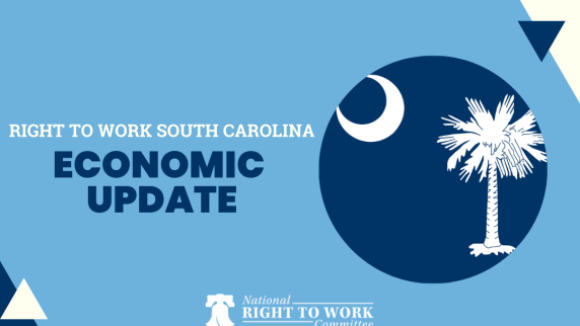Businesses Choose Right to Work Tennessee Over and Over
The most recent businesses making Right to Work Tennessee investments are 6K Energy, Kordsa, and Leclerc Foods.
On May 29, Michigan Capitol Confidential (CapCon), a state news and commentary publication, posted a compelling chart, adapted from a similar chart prepared by the group Opportunity Ohio, that visually documents Right to Work states’ substantial employment growth advantage over forced-unionism states going back nearly a quarter century.
In a commentary accompanying the chart, CapCon summarizes U.S. Bureau of Labor Statistics data for January 1990 through April 2014:
Since 1990, nearly all of the top 10 states for job growth are right-to-work states, while nearly all of the 10 states with the least amount of job growth are non-right-to-work states.
More broadly, 18 out of the 25 states with the fastest employment growth are right-to-work states while 19 of the 25 states with the slowest growth are non-right-to-work states, according to data from the U.S. Labor Department’s Bureau of Labor Statistics.
For the past nearly quarter of a century, right-to-work states have averaged job growth at about twice the rate of non-right-to-work states.
Excluding Michigan and Indiana (which became right-to-work in 2013 and 2012, respectively) would mean that 21 out of the 25 states with the slowest employment growth are forced unionization states. And that all of the 10 states with the least amount of job growth for the past quarter century are non-right-to-work states.
Of course, employment growth is far from the only economic indicator according to which Right to Work states have vastly outperformed forced-unionism states for decades. Data from the U.S. Commerce Department’s Bureau of Economic Analysis, after adjusting for inflation according to the Labor Department’s CPI-U, show that in the 22 states that had Right to Work laws throughout the last decade, private-sector employee compensation (including wages, salaries, bonuses and the cash value of benefits) increased by 16.0%, nearly double the 8.7% average for the 26 states that lacked Right to Work laws for the entire period.

The most recent businesses making Right to Work Tennessee investments are 6K Energy, Kordsa, and Leclerc Foods.

Companies investing in Right to Work Georgia include Meissner Corporation, Seohan Auto Georgia, and Zoetis.

Businesses investing in Right to Work South Carolina include BorgWarner, Scout Boats, SEM Wafertech and Solar4America, and FN America.